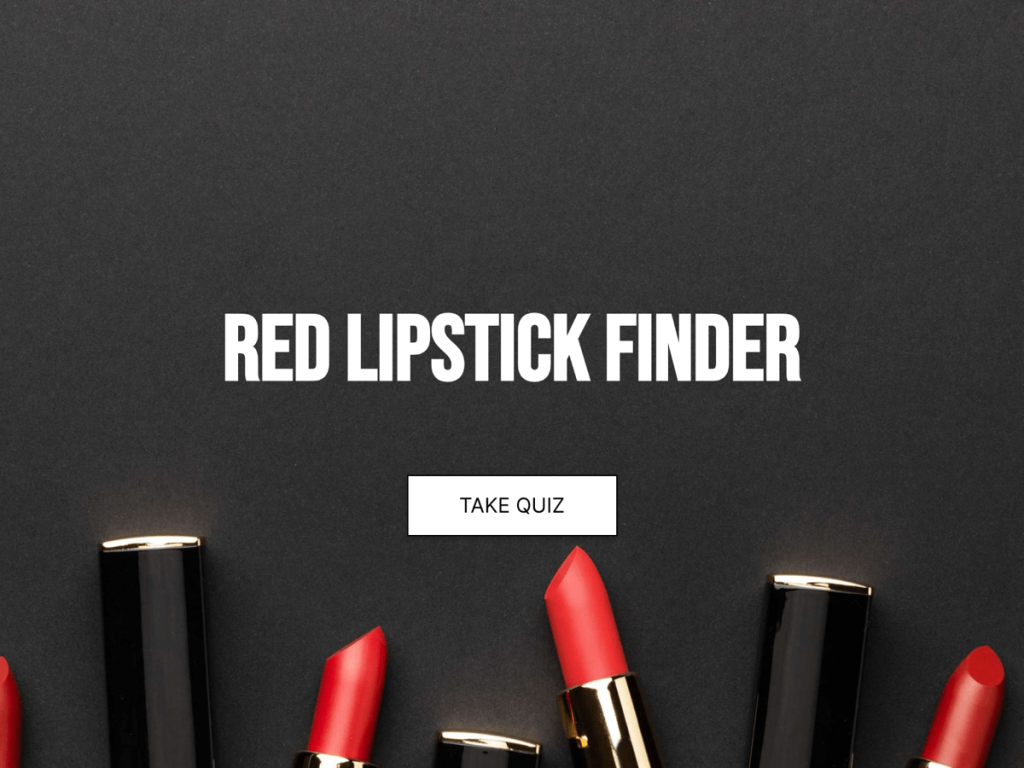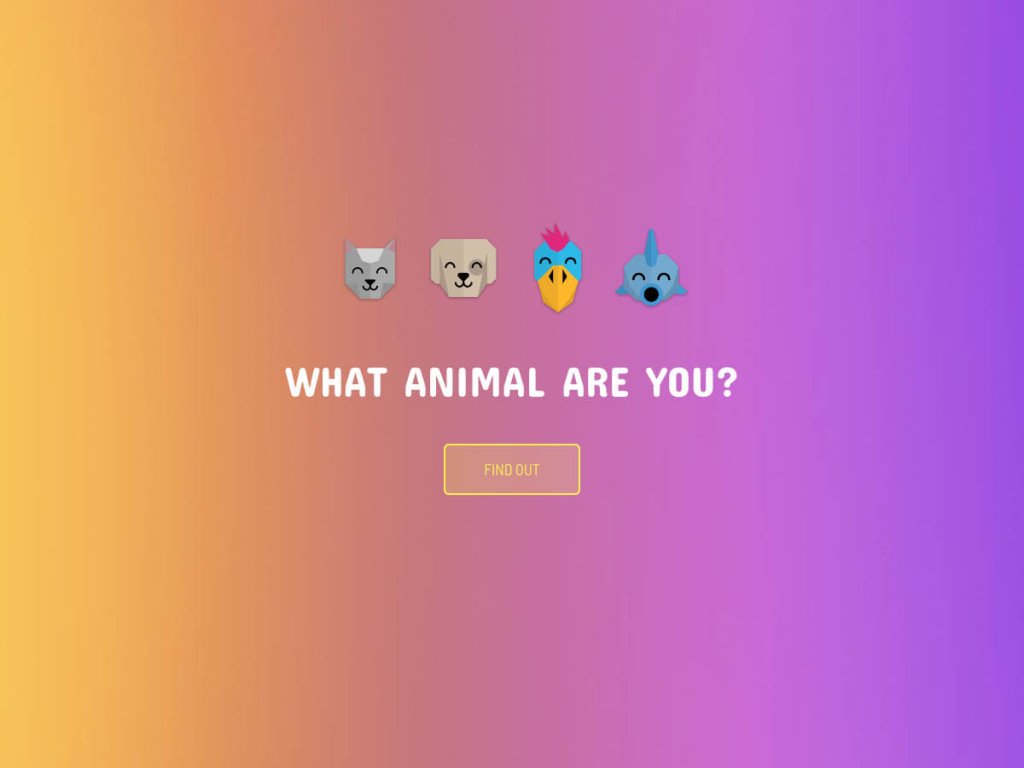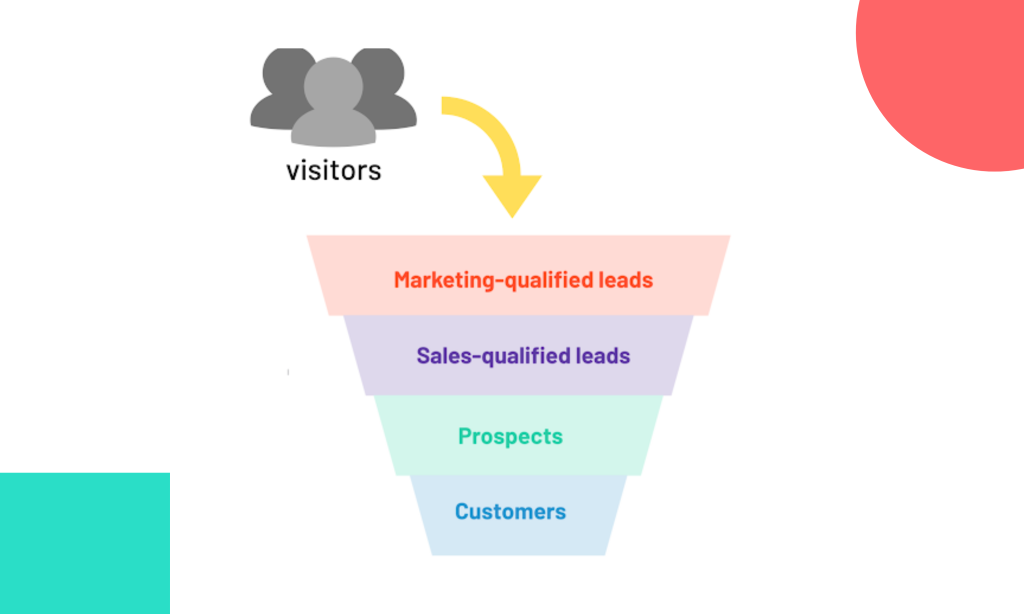When marketing your business, you need to utilize as many different channels as possible. Social media sites are an excellent resource because they allow you to tap into a vast network of users for free, and you can create and share lots of unique content.
Interactive Templates
300+ Editable Drag & Drop Templates
However, while it's easy to use social media for marketing, you also have to be consistent with your messaging, meaning that you have to know when to post and how often.
That's where a marketing content plan comes into play. This article will discuss how to create a content plan from scratch in just four steps. Let's get started.
Why is Social Media Marketing Valuable?
Did you know that over half of the global population (4.55 billion) uses social media? Not only that, but more people are signing up to different platforms every day, so that number will only increase in the coming years.
On average, users spend about two and half hours on these sites every day, meaning that there is considerable potential for reaching new markets and audiences. Finally, just over half (54 percent) of social media audiences use the sites to research products.
That said, just because there are so many people on these platforms doesn't mean that you can engage with them all. The secret to success with social media marketing is creating content that people will interact with and share.
While we're not going to discuss how to make high-quality posts, a content plan helps you stay on target and ensures that you're using every channel available. Here is how to create a social media marketing content plan step by step.
Step One: Compare and Analyze Each Platform
When talking about social media, we're referring to the following sites and their audiences:
Facebook. Recently, Facebook's demographic has skewed older as privacy concerns and misinformation have turned a lot of younger users off the platform. So, while Facebook still commands a substantial portion of the social media audience (1.93 billion active users in 2021), it's becoming less popular with teenagers and Millennials. Facebook is a useful site because it works for different media types, including images, infographics, and video content.
Instagram. Although Facebook owns Instagram, this platform doesn't have the same branding issues as its parent company. Recently, Reels have become a core component of the site as a way for users to share video clips with their followers and the public. The site also uses Stories to share unique content that disappears after 24 hours. We'll get into the difference between Reels vs. Stories later on. Instagram is ideal for influencer marketing and image-based campaigns.
Twitter. As a text-only social platform, Twitter is not as useful for sharing images and video content. However, the site is perfect for links and hashtag campaigns, which companies can leverage to great success. Twitter is also an excellent way to engage with followers directly.
TikTok. Initially, this platform was almost exclusive to Gen Z and teens. However, in recent years, TikTok has become a versatile platform that draws users of all ages and abilities. In fact, TikTok was the most-downloaded app in 2020. This site only utilizes video content, but you can post a mix of pre-recorded and live clips. Overall, TikTok still skews younger, but that is changing rapidly.
LinkedIn. LinkedIn is the "professional" social media platform where B2B companies can thrive. Instead of fun and clever posts, LinkedIn is much more business-oriented, so your content has to follow suit.
Step Two: Set SMART Goals
Once you know which platforms you'll utilize, you need to figure out what you're trying to achieve on each one. When setting marketing goals, you should use the SMART system, which stands for:
Specific. Don't set a goal of "getting more followers." Instead, use actual numbers like "increase following by at least five percent every month."
Measurable. Ideally, you should be able to put your goals on a chart so that you can measure success. For example, if you want to get 100 new followers a week, it's easy to tell if you hit that objective or not.
Achievable. While it would be nice to get at least 1,000 likes and comments on each post, you need a massive following for that level of engagement. So, if you only have 50 followers on a platform, make sure that your goals are realistic. Otherwise, it's much harder to tell if your tactics are working.
Relevant. Adding new followers looks good, but how does that translate to a stronger bottom line? You need to determine how your social media marketing ties into larger sales and business goals. For example, perhaps you're trying to increase brand awareness or break into new markets.
Time-Sensitive. If you don't set deadlines for your goals, it's impossible to know how well you're making progress. Usually, monthly and quarterly objectives make it easier to tell if you're on track or not.
Step Three: Compare Content Types
As we discussed, each social media platform works best for specific types of content. Ideally, you won't take a one-size-fits-all approach, meaning that you'll deploy different content on each site. Here's a rundown of the various options available:
Video. Video marketing has quickly become the go-to choice for businesses of all sizes. As a rule, videos are more engaging and capture your audience's attention better than still images or text posts. In this case, video content refers to pre-recorded and edited materials.
Polls and Quizzes. Polls are a quick and easy way to gauge audience interest in a particular topic. You can create polls about anything, such as having users pick their preferred product (as Domino's did). Alternatively, polls can be a valuable way to get user feedback. Quizzes are a bit more interactive, and they can generate more engagement if you offer prizes.
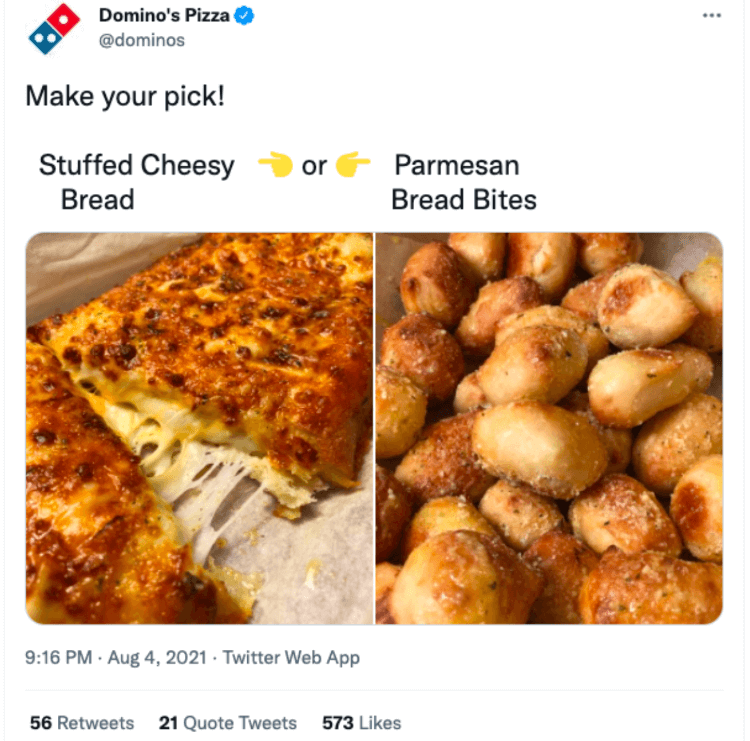
Contests. A contest is an excellent way to generate buzz, especially if the prizes are fun and exciting. The best way to utilize competitions is to tie them to a specific marketing campaign. For example, if you want to build a subscriber list, participants must submit their email addresses to qualify.
Infographics. Users like informative content, and infographics allow you to share educational content in a digestible form. Infographics can also help establish your brand as an authority within your industry.
GIFs. If a picture is worth a thousand words, how many words is a moving picture worth? GIFs are often used for meme purposes, and not all platforms can show them in action. Overall, this option works best for light and clever content.
Branded Visuals. These days, users are not as responsive to traditional branded ads. However, you can create unique visuals that incorporate your brand in fun and engaging ways that don't feel too "salesy."
Carousels. Instagram allows you to post multiple photos in a single post. Doing this enables you to share more content without overloading your followers' feeds.
Live-Streaming. Going live is much more common today, with sites like Facebook and Instagram making it a core component. Live-streaming works best for events and interviews with special guests (i.e., the company CEO or an industry insider).
Tutorials, guides and Webinars While infographics provide bite-sized information, a tutorial or a guide allows you to go more in-depth. You can create tutorials around your products and offerings or make them relevant to your customers' specific needs.
Hootsuite is a great example of a company using tutorials and guides in their Instagram account, covering tips, how to guides and video tutorials about social media best practices.
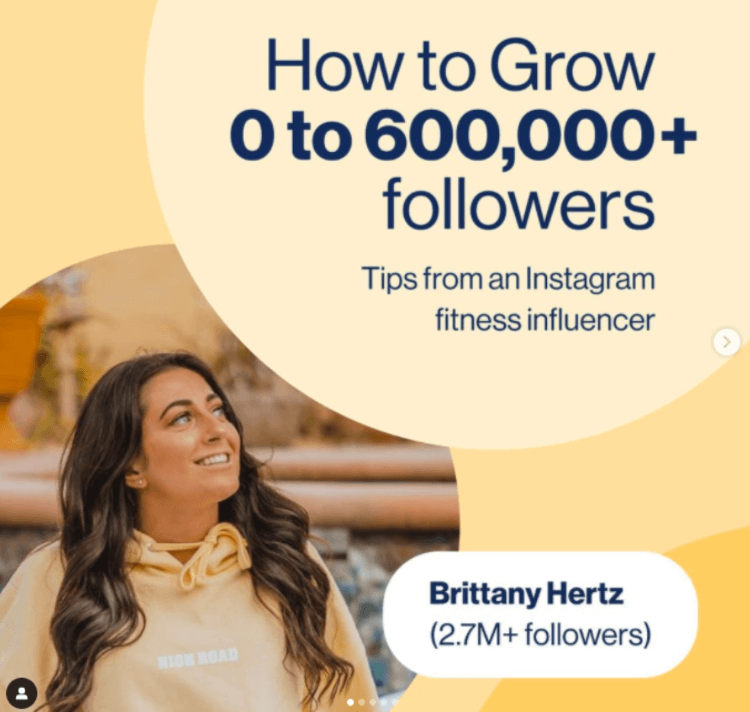
Reels vs. Stories - We could write an entire post about the differences between these Instagram posts. However, Reels are like image posts, and you can keep them on your profile permanently. Stories are time-sensitive and disappear, and users can't interact with them as easily. Ideally, you can utilize both options when marketing on Instagram.
Step Four: Content Posting Schedule
Now that you've developed the individual pieces of a content plan, it's time to put it all together. The best way to keep track of your posts is to create a social media calendar, which will include all the content you need to post, in the specific dates you should post it.
You can use social media templates (like the one from Tailor Brands) or create a posting schedule using a dedicated software.
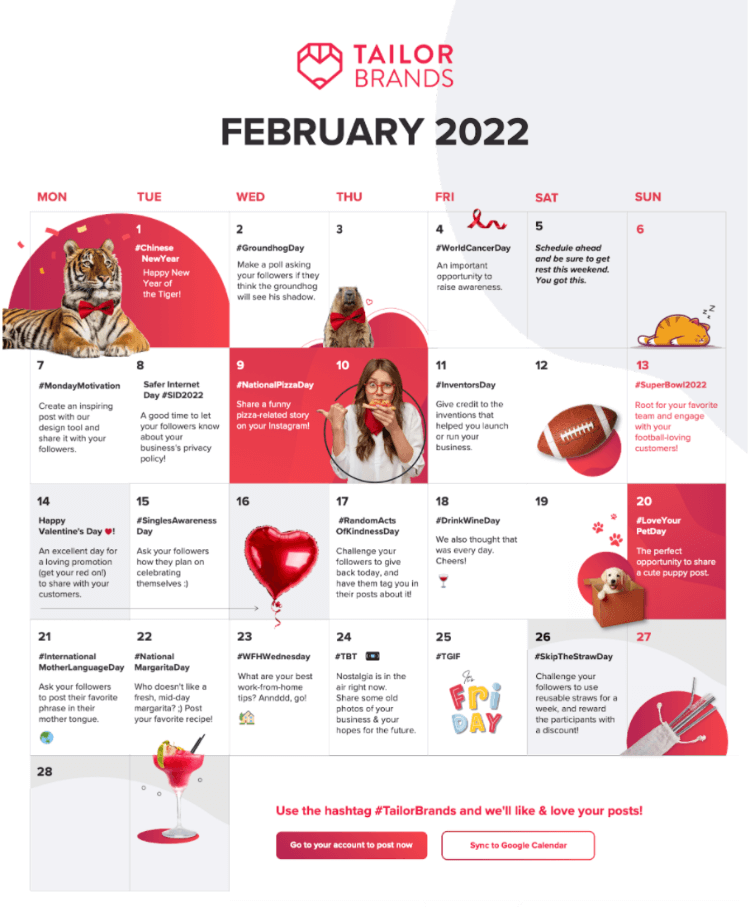
Here are some tips on how to make your schedule work better:
Plan at Least a Month in Advance. Your monthly calendar should have a mix of weekly content (i.e., a new blog post every Thursday) and one-off posts. You can also create a theme or objective for each month to help differentiate your pieces.
Focus on Dates That are Significant to Your Business. Examples could include anniversaries, product launches, executive birthdays, and more.
Research the Ideal Days and Times During the Week. Pay attention to when users are most active on each channel and post accordingly. There can be some trial and error to this step, so plan to do a lot of data analysis to see when your posts get the most engagement.
Determine Your Post Frequency. You need to post consistently to ensure that your marketing momentum builds on itself. However, you have to find a balance between posting enough to keep users engaged but not so much that they get turned off. Also, your posting frequency can change between platforms, such as daily posts on Twitter and weekly content on TikTok.
Overall, social media sites are an excellent way to engage with your customers and find new ones. Also, don't forget that social media marketing requires time, patience, and analysis to succeed. As long as you stay the course, you'll yield positive results.





